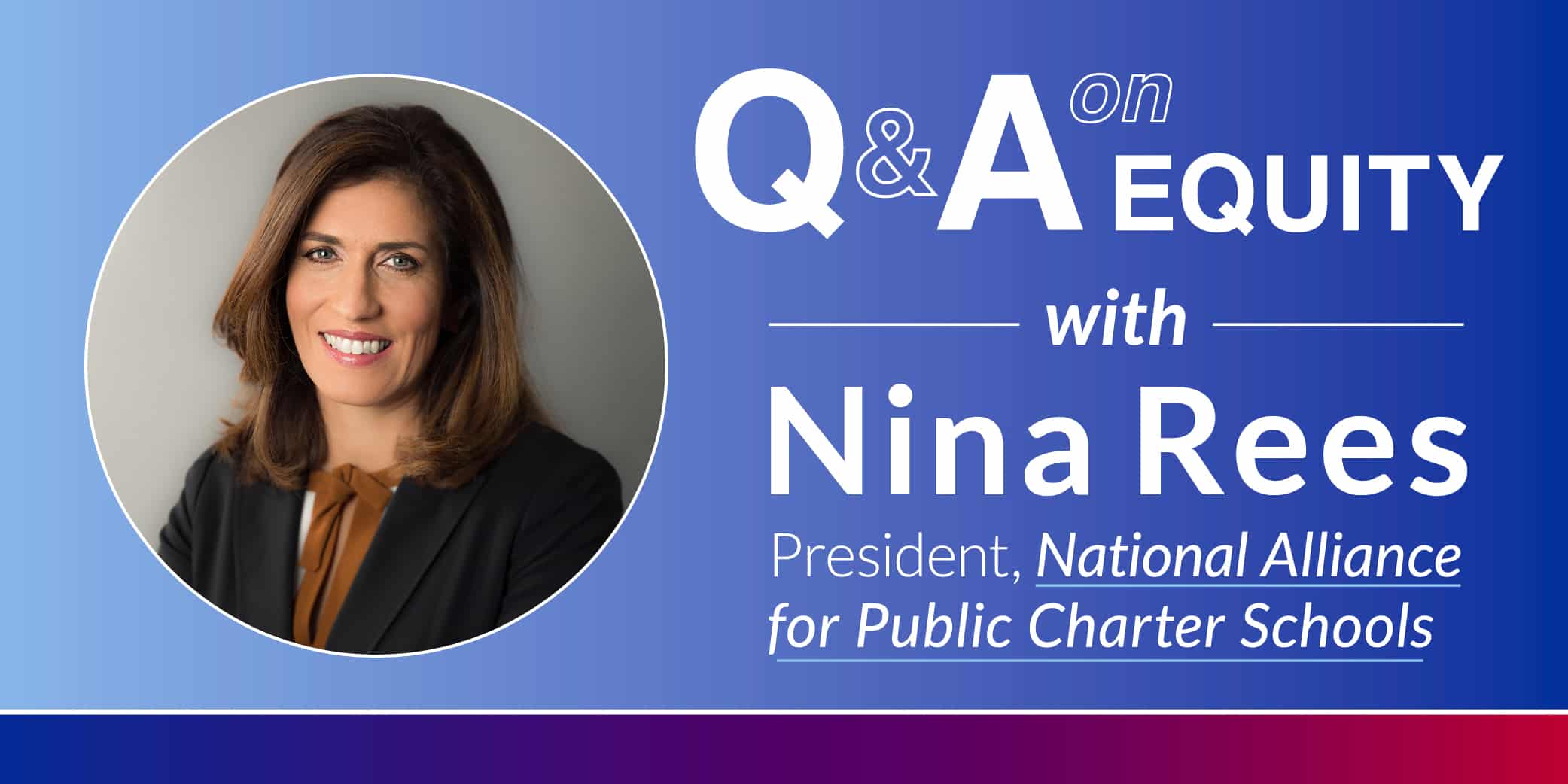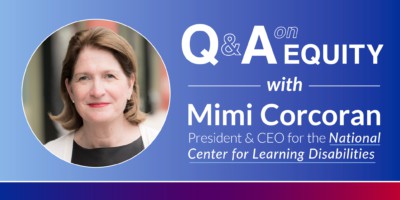

Q: How do you define equity in public education?
A: Though we often consider equity in education as the opportunity to offer all students access to a great education, our movement also believes in ensuring that all students graduate school with the tools they need to enter college or the workforce on an equal footing. We believe that schools are the greatest equalizer and that it is our responsibility to bridge the gaps that students bring to school.
Q: What policy mechanisms relating to ESSA would you identify as having the most potential to create a more equitable education system?
A: While ESSA devolves power and control to states, it continues to require annual testing, disaggregation of data, reporting, and interventions in the lowest performing schools. While these measures in and of themselves will not lead to equitable outcomes, they do offer the public the opportunity to see gaps in achievement and offer a framework for states to better address these gaps. ESSA also promotes school choice by providing funding for programs like the Charter Schools Program (CSP) and magnet schools that offer parents added options in the public school system.
Q: With equity still in mind, if you could build out regulatory language for one aspect of the law, what would it be?
A: Since the federal government has already decided, after years of debate, to give control and power back to states, my hope is that each state creates a regulatory framework that holds schools accountable for educating all students at high standards, offers parents options if a school is unable to meet a child’s needs, and, most importantly, closes all poor-performing schools.
That being said, states need clarity from the federal government that they have the flexibility to be innovative in ways that have not been allowed in the past. For example, states may want to refocus their funding on providing students with access to high quality public schools, including charter schools, not just intervening in schools and waiting for them to improve.
Q: Have you seen any interesting ideas promoting equity in state plans that have already been submitted? What are states to watch?
A: States must set aside seven percent of Title I funds for school improvement in school districts. States and LEAs interested in providing students with more equitable options can use these funds to increase the number of high-quality seats available to students in struggling schools by reopening a school as a charter school or replicating and expanding a charter school.
Thus far we have seen that Louisiana will make persistently failing schools eligible for placement in the state’s Recovery School District. Placement in the RSD would turn these schools into charter schools and allow them to implement additional school improvement options. New Mexico will also require that districts implement stronger interventions in schools that do not improve within three years: they must choose from a menu of options that include giving students the option to choose another school or reopening the school as a charter school, each of which would expand students’ access to a higher-quality education.
Q: Based on your experience working with state leaders and policymakers, what has been the most common question or challenge states are grappling with as it relates to ESSA and equity?
A: Funding is always an issue, but the ability to attract high-quality teachers and principals remains one of the key ingredients to ensuring equity.
Q: What work does your organization have coming up (or recently completed) in this area?
A: The National Alliance has put out a number of reports – and taken numerous actions – focused on providing all students with equitable access to public school options and ensuring that these options are high-quality. I encourage readers to read our publications on the implications of ESSA for English Language Learners, charter schools educating over-age and under-credited students, and charterschools supporting higher standards for students with disabilities.
The National Alliance is currently working on a series of Civil Rights 101 primers that will provide charter schools with a clear and practical path toward ensuring equity, among other things. Our first primer will tackle special education: What are a school’s obligations; where can a school find further resources; why should a school prioritize this critical issue; etc.
Editor’s Note: This article was originally published as a blog post by the Hunt Institute and has been republished with permission.


